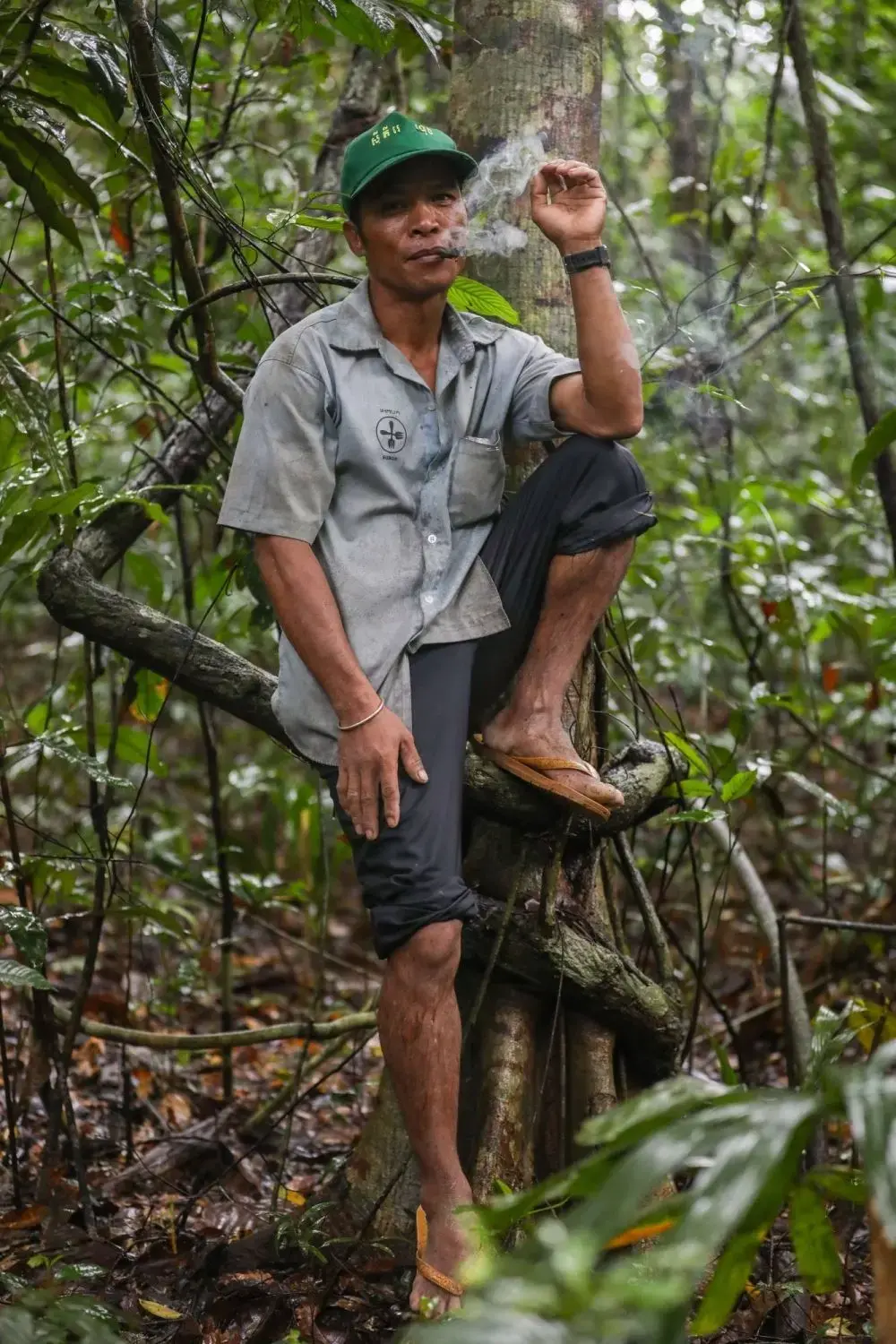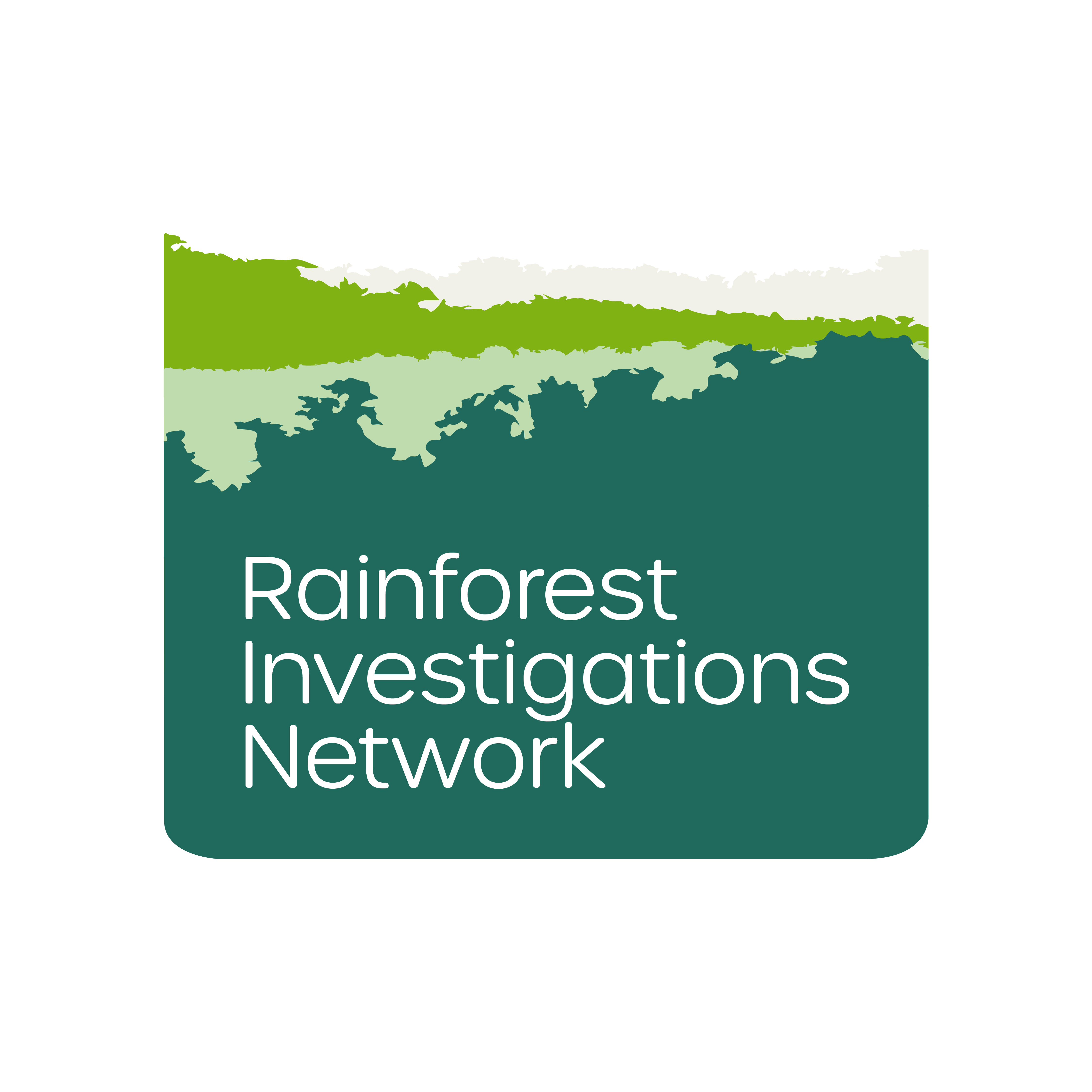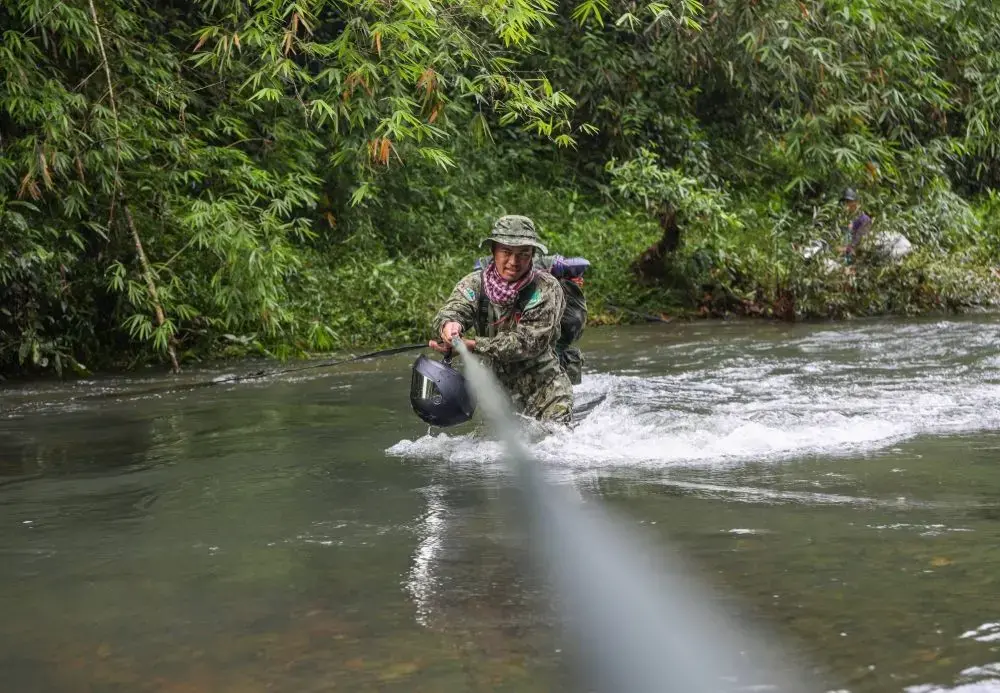
VIRACHEY NATIONAL PARK, CAMBODIA – Vines, wrapped around the charred skeleton of a logging truck, seem to drag it deeper into the wilderness, with monsoonal rains having rusted the blackened vehicle.
Down an old logging trail, I follow rangers as they conduct a biodiversity survey in the protected area, much of which is unexplored.
This is Cambodia’s Virachey National Park, one of the last remaining areas of relatively untouched natural beauty in the fast-developing Mekong Region.

As a nonprofit journalism organization, we depend on your support to fund more than 170 reporting projects every year on critical global and local issues. Donate any amount today to become a Pulitzer Center Champion and receive exclusive benefits!
“Logging and poaching is an issue but the park has a way of protecting itself,” Thon Soukhoun, who has been a ranger since the forest became a national park in 1993, tells me.
“Nowhere in the country is like Virachey, it is Cambodia’s gem.”
But as nations in Southeast Asia race to decarbonize their energy sectors, partly through climate finance, Cambodia is risking this regional biodiversity hot spot for renewable energy.
This has sparked a debate about the environmental costs of renewable energy. Conservationists fear government plans for hydropower dams in Virachey will jeopardize hundreds of thousands of pounds’ worth of conservation funding from Britain for the sake of “clean” energy, the very definition of which they challenge.
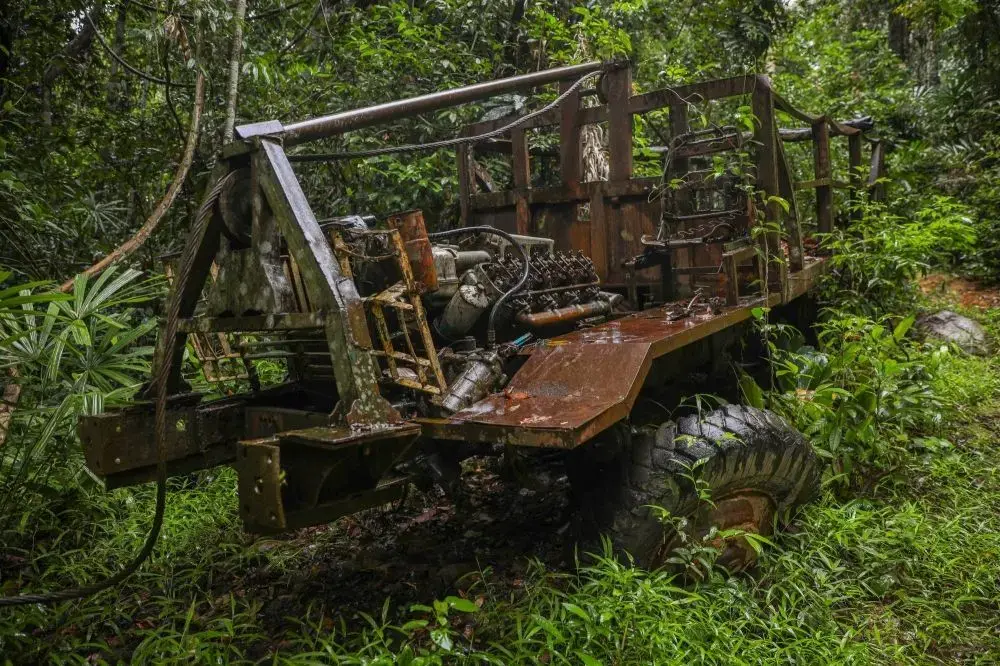
To quench this thirst for development, researchers are monetizing the national park by putting a dollar sign on Virachey’s value as a potential carbon credit forest — an attempt to prove the protected area may be worth more standing than if felled.
Nestled in the kingdom’s northeastern corner, Virachey was among the first forests declared a protected area in Cambodia in 1993.
At more than 3,300 square kilometers — nearly five times the size of the capital, Phnom Penh — it was the largest national park in the country at the time.
Cambodia has lost more than 30% of its forest cover in the three decades since, with national parks — often only protected on paper — affected by large-scale logging.
While Virachey hasn’t gone unscathed, the park’s ruggedness protected it from the brunt of this deforestation and the forest is now known by wildlife experts as a “final frontier” for biodiversity in the Mekong Region. That’s especially the case because it provides a transboundary habitat for animals migrating across Virachey’s triple border between Cambodia, Laos and Vietnam.
But potential hydropower developments cloud the future of this frontier.
Shielded by a semblance of sustainability, government-backed plans for at least two hydropower dams within Virachey may finally breach the park.
The construction necessary for these developments would threaten endangered species by altering river flow, flooding animal habitat and clear-cutting old-growth forest, according to environmentalists. Conservationists are also concerned that the road construction needed for these dams would fatally open Virachey to the wildlife and forest crimes common in Cambodia’s more accessible protected areas.
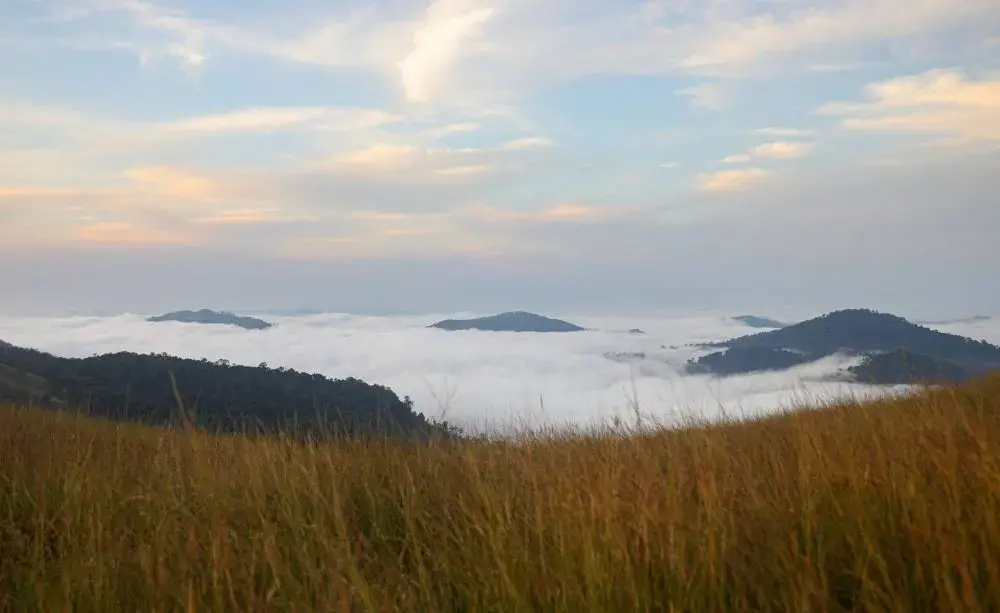
Conservationists challenge that any power produced as a product of this environmental degradation cannot be counted as “clean” energy, especially if the aftermath imperils Virachey’s status as an ASEAN Heritage Park or a planned £600,000 (about ¥109 million) conservation grant from the British Embassy in Phnom Penh.
As development discussions continue behind closed doors, Phanith Chou, an associate professor at the Royal University of Phnom Penh, is calculating how many tons of carbon dioxide Virachey can absorb and potentially sell as carbon credits. In Chou’s words, “money talks.”
If the forest is monetized before ground is broken on the dams, it could lead to a debate about whether or not Virachey is worth more standing than if toppled for hydropower, Chou said, especially since dams are being proposed in one of the areas with the highest potential for carbon storage.
“If forest ecosystems do not have any economic value, policymakers and the private sector will always regard forest ecosystems as less important than development,” Chou said. “We calculate the economic value of a functioning forest ecosystem as part of a win-win strategy, where we don’t always block development but force sustainable and responsible development.”
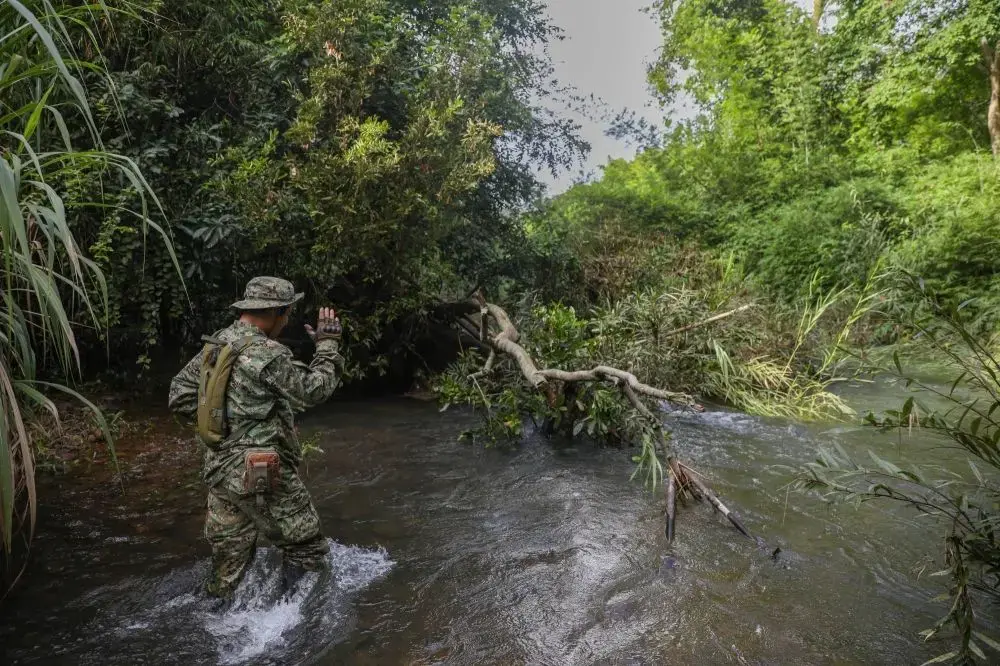
Doubling down on dams
Hydropower plans within Virachey have long been dormant. The first published document on energy production in the park dates back to a 2009 master plan for hydropower development in Cambodia, backed by the state-run Japan International Cooperation Agency (JICA).
“JICA doesn’t have any involvement in developing these hydropower plants,” says Miyoshi Asagi, counselor for the Embassy of Japan in Cambodia. “We took part in that research and with the masterplan done, JICA’s involvement is finished.”
Japan is considered one of Cambodia’s top aid donors, with the two nations commemorating 70 years of diplomatic relations this year.
In August, JICA announced a new road map to clean energy it is developing for Cambodia. Asagi says she is “aware hydropower plants have lots of debate,” sharing that “there are no projects in the pipeline for hydropower.”
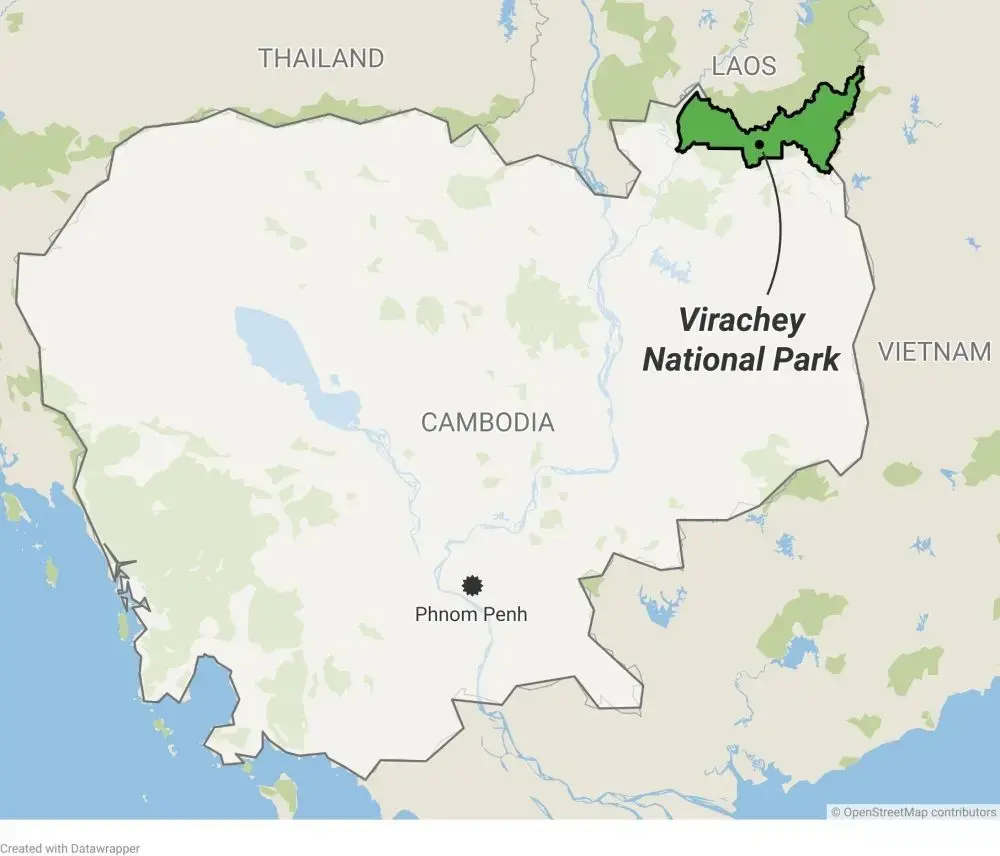
Confidential documents and maps from a series of private meetings between developers and Cambodian government officials this year indicate the hydropower plans may not be dormant for much longer. Files, reviewed by The Japan Times, show initial assessment work has begun at the sites.
According to the documents, there are three potential hydropower developments in Virachey named after the Prek Liang River, a tributary to the Sesan River, which is part of Cambodia’s “3S River Basin.”
The basin, a key tributary to the Mekong River, is reeling from compounding hydropower pressures, with additional dam developments threatening to further choke off the once-mighty Mekong.
None of the documents, from environmental impact assessments to feasibility studies, have been made public by the Cambodian government or the developers behind the project.
“These are very sensitive documents,” says Bunleap Leang, director of the 3S Rivers Protection Network (3SPN). He says that involved groups prefer to keep potentially controversial plans under wraps. “If the dam is good from the perspective of the government and the developer, then to them, no one else needs to know.”
Plans may be further along than simple discussions. Bunleap says he confirmed through the 3SPN network that hiring at Tabok village, near one of the proposed dam sites, has already begun.
Cambodia’s Ministry of Environment, which manages Virachey, and the Ministry of Mines and Energy, which spearheads the dam plans, did not respond to multiple requests for comment on the status of the hydropower developments.
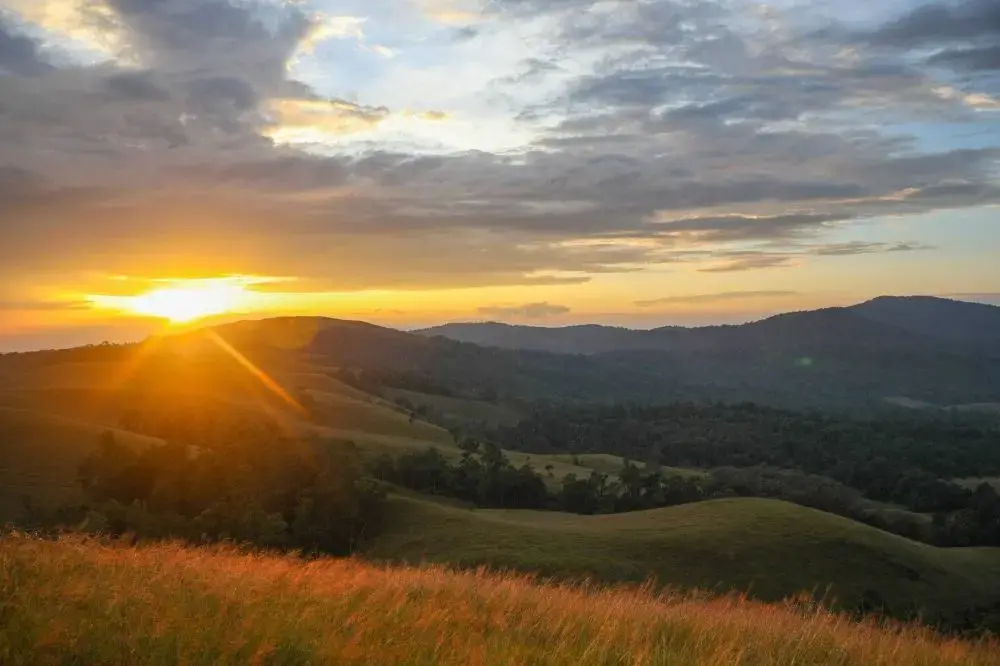
High cost of clean energy
Prek Liang is one of Virachey’s key veins, and the plans call for dams within the heart of the national park.
The park tumbles from Cambodia’s lowlands up into the biodiversity hotspot that is the Annamite Mountains, explains Pablo Sinovas, director for Fauna & Flora in Cambodia. He compares it to “two worlds converging in the park.”
At the time the sites were studied for potential hydropower, little to nothing was known about the effect these developments would have on biodiversity and forest health, Sinovas notes.
But that’s changed in the 15 years since.
“As we started to understand more and more about what was in the park, we are realizing its conservation is critical for Cambodian and regional biodiversity,” says Sinovas.
Fauna & Flora set up roughly 140 camera traps within Virachey, documenting the critically endangered large-antlered muntjac, northern yellow-cheeked gibbon and a half-dozen other threatened species.
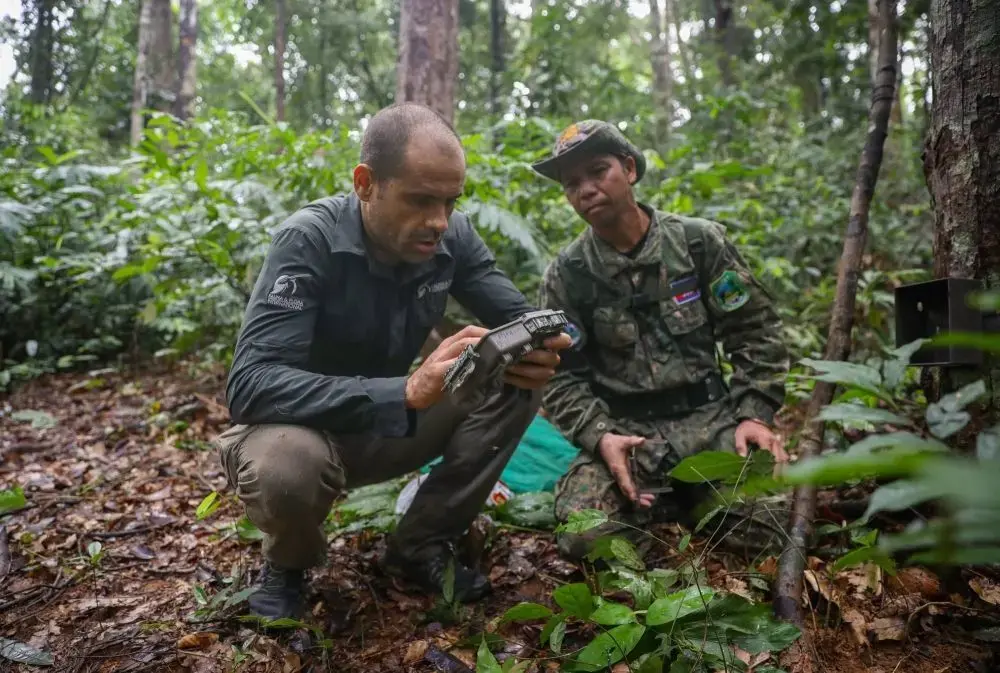
The national park was the first place large-antlered muntjacs were recorded in Cambodia and is the last possible refuge for the kouprey, the kingdom’s national mammal, which has not been seen in decades.
“Virachey is one of those areas where deforestation levels have been much lower,” says Sinovas. “That is partly why we have all of this wildlife.”
“Doing anything to damage that would not be in the national interest of Cambodia,” Sinovas says.
On top of the dam construction itself, the same leaked files indicate that just one dam would create a 215-hectare reservoir, flooding that section of forest.
“Clean energy is obviously very important” to combat climate change, Sinovas says “there are certainly places and ways that energy production can be done as actual clean energy.”
But to him, Virachey isn’t one of them.
“To build a dam within this valuable area within the national park, you would have to create access roads, cut down trees and disturb wildlife,” Sinovas says. “I would not call any energy coming out of that clean.”
Earlier this year, the British Embassy in Phnom Penh confirmed about £600,000 will pour into Virachey as part of the United Kingdom’s £100 million global Biodiversity Landscape Fund. Marc Thayre, deputy head of mission at the embassy, said the “vast majority of the funding” for the Mekong Region is going to Virachey.
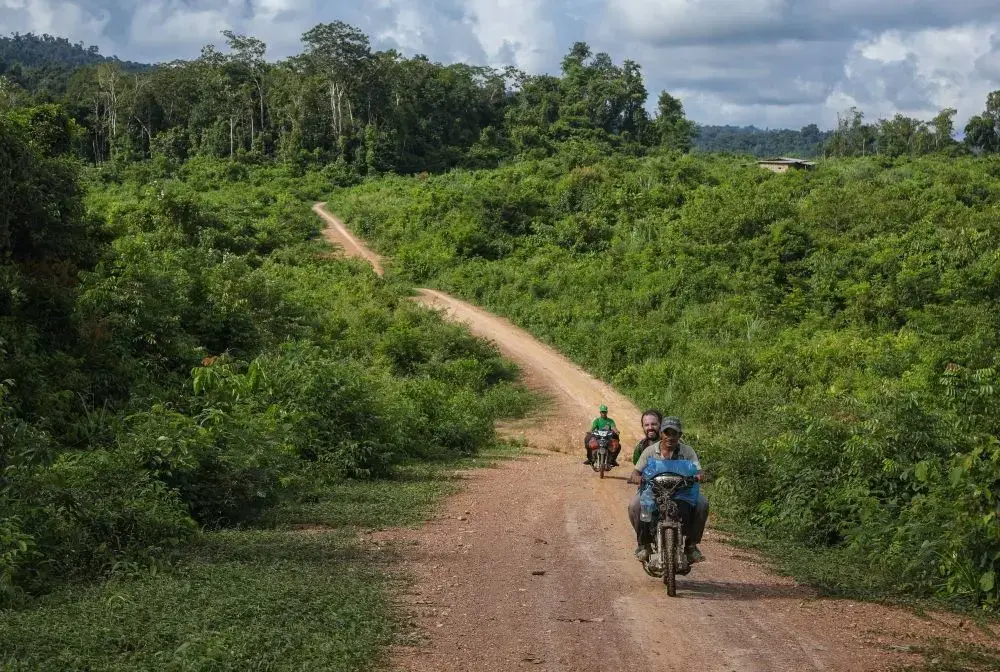
“This is designed to increase the value of the park as a park itself,” Thayre says. “We need to realign the idea of what an asset is and address the challenges around the market failure that puts more value on the exploitation of these natural resources, rather than the value being in keeping them.”
Thayre pauses before shifting in his seat when asked about the proposed dams.
“If you want to tackle issues like climate change and biodiversity, then you have to work in all places in the world with all governments,” Thayre says. “We have to be honest with ourselves about the challenge and tradeoff between environment and development. There will always be some tension there.”
Thayre notes the conflict between “building things in national parks” and the “challenge of local communities not having power.”
“The world changes all the time,” Thayre says. “There are always exit strategies written into any programs we do anywhere in the world. I hope that won’t be the case.”
Counting on credits
Cambodia’s thirst for development is only matched by its craving for carbon credits.
Credits are intended to limit emissions by preventing deforestation in places that might otherwise be vulnerable to development, like Virachey National Park. Major polluters offset their fossil fuel emissions by essentially sponsoring the protection of these forests through carbon credit purchases.
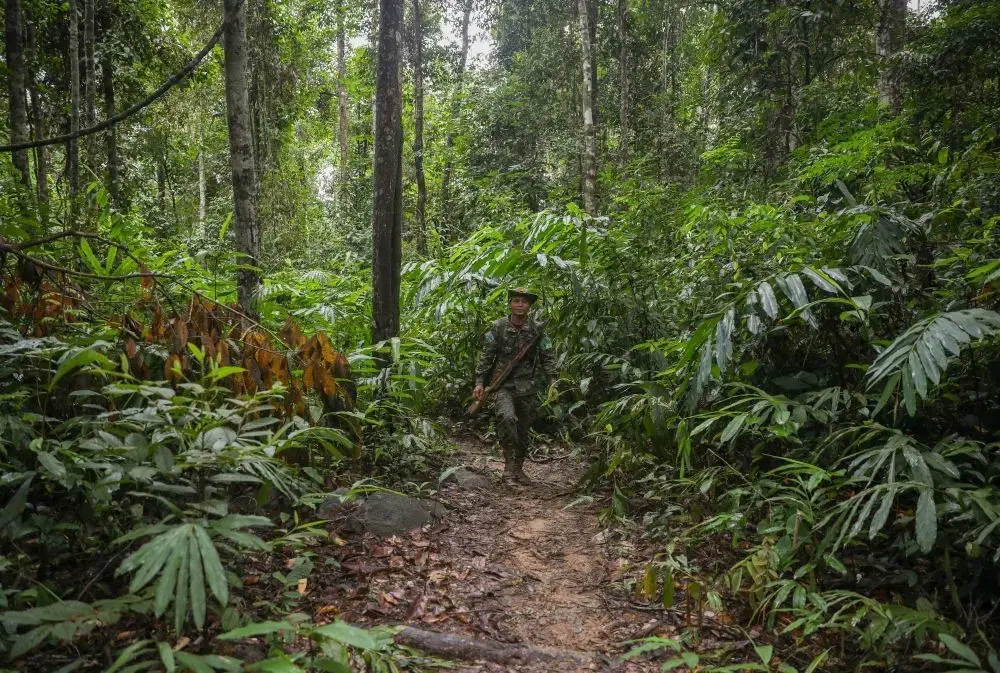
But in recent months, Cambodia’s carbon credits have come under scrutiny that goes beyond global questions over the effectiveness of credits as a whole.
The largest registered carbon credit zone is facing allegations of human rights abuses from the global advocacy group Human Rights Watch. In response, the world’s leading carbon credit registry service, Verra, suspended issuing new credits to the Southern Cardamoms REDD+ project.
Cambodia’s appetite to sell carbon credits, however, remains strong.
With the ASEAN Centre for Biodiversity, Chou studied the feasibility of REDD+ sites in Cambodia and found around 40% of the kingdom’s total landmass — about 79,200 square kilometers — could be considered for carbon credits.
Virachey stands as one of the top carbon credit prizes.
Large swathes of the park remain impregnable, with dense bamboo forest blending into evergreen and deciduous forests. Old logging routes often provide the only walkable path, with rangers taking care not to blaze new trails.
Chou identified three core areas within Virachey with the highest total carbon storage capacity, to the tune of 28 million metric tons of carbon, which the Greenhouse Gas Equivalencies Calculator equates to the total annual emissions of nearly 28 coal-fired power plants.
At the average price of $10 a ton, Chou calculated the park could be worth $280 million if left as is. He stressed that this didn’t even begin to factor in the benefits of healthy hydrology, biodiversity and other ecosystem services.
Two paths are created by financial incentives, Chou explained.
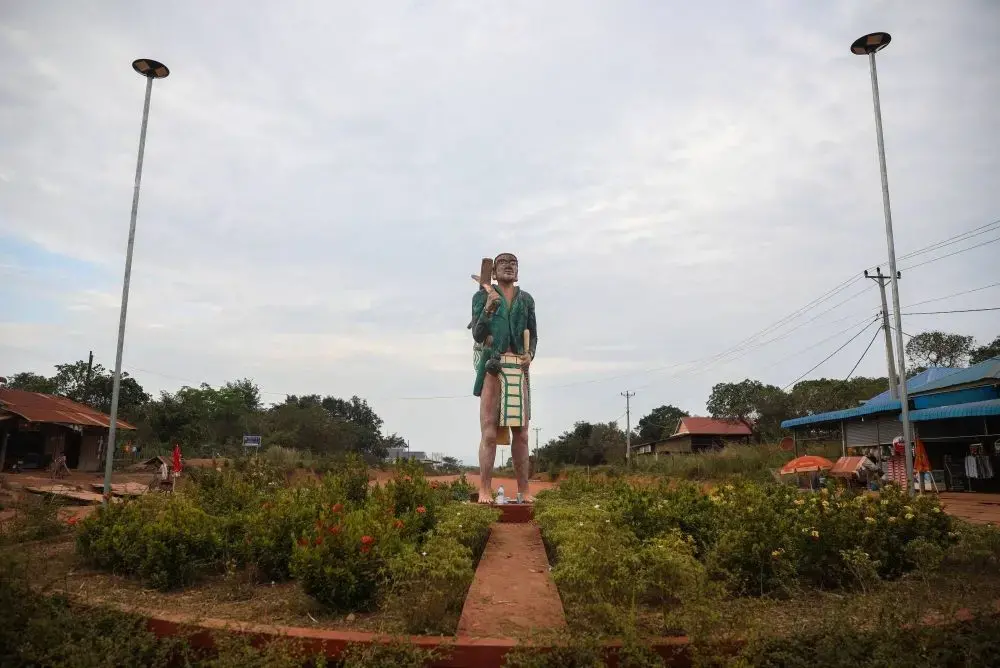
Down the first path, the value of the forest is higher than the potential development and policymakers halt the plan. Down the second path, which Cambodia often follows, the value of the forest is less than the potential revenue of the development the project goes ahead.
If the latter road is taken, the Prek Liang dams will be built in the middle of one of the three core areas identified by Chou. In that case, Chou said there is at least a known price that companies should be required to pay to compensate for the forest loss.
“If you want to develop Virachey into hydropower dams, or whatever, make sure the economic value is more than $280 million. If it is, go ahead,” Chou said. “But be willing to pay $280 million anyways to offset.”
Vying for Virachey
Dollar signs can’t account for everything.
Forty seven rangers are assigned to Virachey, meaning there are 70 square kilometers per ranger to protect. These rangers, several of them from Indigenous communities who also call the protected area home, spend half a month at a time within the park.
To them, Virachey is more than a carbon sink or a potential energy source.
Back in the park, Indigenous rangers laugh as they encourage me not to kill the leeches sucking on my arms, legs, neck and right ear.
They call it a “forest tax,” an offering that’s owed to Virachey. Instead of killing them, they smoke tobacco-leaf cigarettes to ward off the blood-suckers as I desperately peel them off as carefully as I could.
Several of the community forest rangers, as well as officers from the Environment Ministry, are from the approximately 60,000-strong Brau ethnic minority group from Cambodia, Laos and Vietnam.
As a keystone to the triple border between the three countries, Virachey is a heartland for the Indigenous community.
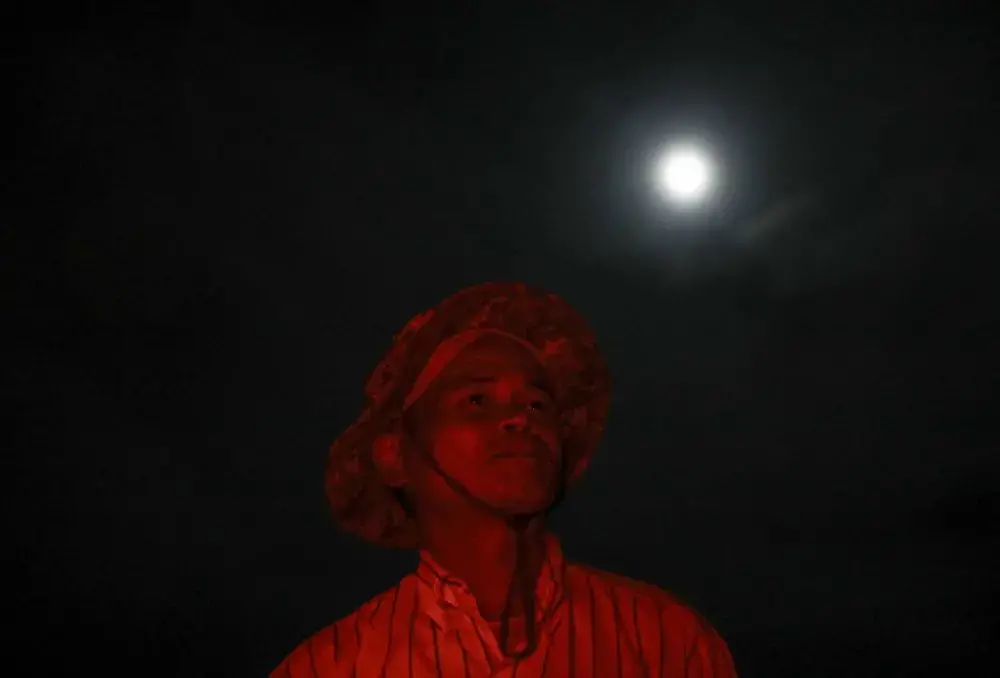
As our patrol ends for the day, a shivering breeze sweeps in as the sunset paints Virachey’s Veal Thom grasslands gold.
Sra Er, who is Brau and leads the Taveng Ranger Station, instructs me to set my alarm for 2 o’clock for star-gazing.
When 2 a.m. rolls around, Er is embarrassed.
The night sky is shielded by overcast clouds and the moon’s glare. To make up for the miserably early morning, Er unscrews a gasoline canister filled with rice wine, an unregulated and difficult to swallow homemade liquor.
Under the red glow of my headlamp and a sip of the wine’s drowsing effect, Er tells me about the Brau peoples’ connection to the land, which he says was the reason he became a ranger.
“We care about Virachey and we protect the park from what we can,” he says.
